Here are the shortlists for the red, white, sparkling and sweet titles – as well as some tips I’ve picked up from some of the winemakers over the past couple of years.
The shortlists
IWC Red Winemaker of the Year 2022
- Viña Undurraga’s Rafael Urrejola
- Edouard Delaunay’s Christophe Briotet
- Maison Albert Bichot’s Alain Serveau
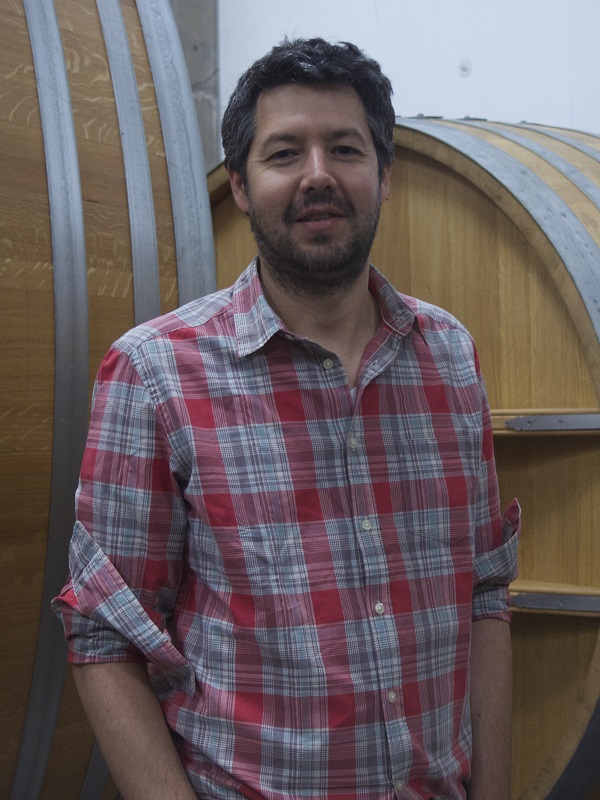
While discussing last year’s Chilean Red Trophy winner, Vigno 2019, Viña Undurraga’s Rafa Urrejola (above) explained to me why he co-ferments the Carignan with about 12% of overripe Cinsault from the same old vineyard in Maule. Rafa said he liked the “complexity that happens in the fermentation of two varieties together”.
In the interview, published in full here, he also explained he has been moving away from overt oak flavours in favour of neutral oak and large-format barrels (such as 5,000L foudres), just to add structure. “I’m very happy with this because it’s less massive, less rich, but it’s still complex and with enough structure to leave for many years,” he said.
The other thing I found interesting is his SO2 regime. The handpicked grapes are lightly sulphured during crushing “because I think it’s better for the native yeasts to have a clean environment to work in,” he explained. Rafa also adds organic nutrients to ensure the yeasts stay strong during the slow, cool (24-27°C) fermentation. As the fermentation lasts about 25 days, there is enough movement for the gentle extraction required and the daily pump-over is “just to wet the cap, not to extract a lot”.
A small amount of SO2 is also added after MLF and again before bottling to hit a target of 70mg/L total (20-25mg/L free).
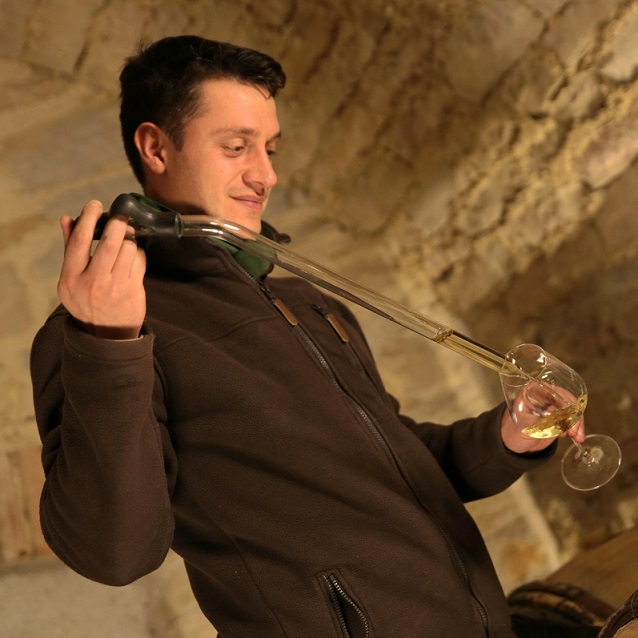
Burgundy winemaker Christophe Briotet, IWC Red Winemaker of the Year in 2020, told me that one of his favourite wines “is probably our red Corton grand cru… We harvest it slightly later than the other Côte de Beaune vineyards and we keep a little percentage of whole bunch (10 to 15%) and we vinify with no sulphites. We make a long maceration with limited and subtle foot pigeages, and ageing in barrels from the Chatillon forest (located north of Côte d’Or) which give very precise results. My philosophy is really: listening, reading the terroir and the vines’ condition, trying to understand, and gently accompanying the natural evolution of the wine”.
Last year, he won the IWC White Winemaker of the Year title.
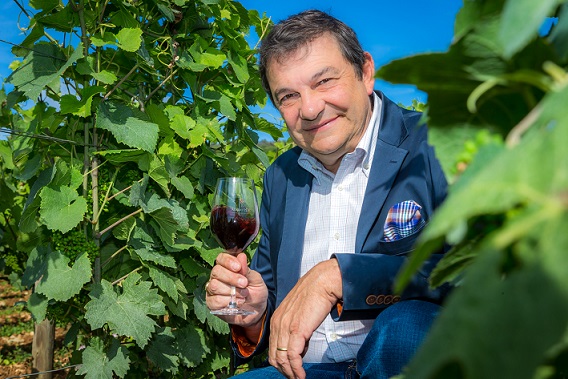
Since Alain Serveau (above) joined Maison Albert Bichot in 1995, he has been crowned IWC Red Winemaker of the Year twice (2017 and 2004) and White Winemaker of the Year in 2011. In 2018, he produced the Champion Red Wine (the Mazis-Chambertin Grand Cru Cuvée Madeleine Collignon). So, if anyone can explain the key requirements for expressing Burgundy’s terroir, it’s Alain.
He says they include:
- Low yields. In the beginning, he recalls, they wanted the volume, now they aim for less than 35hl/ha for the crus. He points out, however, that decreasing the yields by about 15% and increasing the price to compensate “takes time to arrive at the same result”.
- Picking at the perfect moment. “If you take the fruit too early or too late, you don’t make the same wines,” Alain says. He looks for balance between the natural acidity and sugar levels. “It’s not easy,” he confirms. “With the warm weather, sometimes we want to wait for the ripeness and the alcohol goes up.” Waiting for the right time also causes logistical headaches. Instead of one large team in a bus, he now prefers smaller teams in trucks – and several passes through each vineyard.
- Traditional winemaking techniques. This means fermentations in wooden vats of varying sizes, using native yeasts and the healthiest whole bunches, moving the juice, must and wine by gravity instead of pumping if possible, and maturation in oak barrels.
- Using less new wood. When Alain joined Albert Bichot, they were using “a large part of new oak and different toast levels”. Now it’s 20-40%. “I don’t want to push the oak or style of the winemaker, I want to push the terroir,” he explains.
- Organic grapes.
IWC White Winemaker of the Year 2022
- La Chablisienne’s Vincent Bartement
- Teliani Valley JSC’s Mikheil Khmelidze (main image)
- Weingut Hans Wirsching’s Dr Klaus Peter Heigel (IWC Sweet Winemaker of the Year 2020)
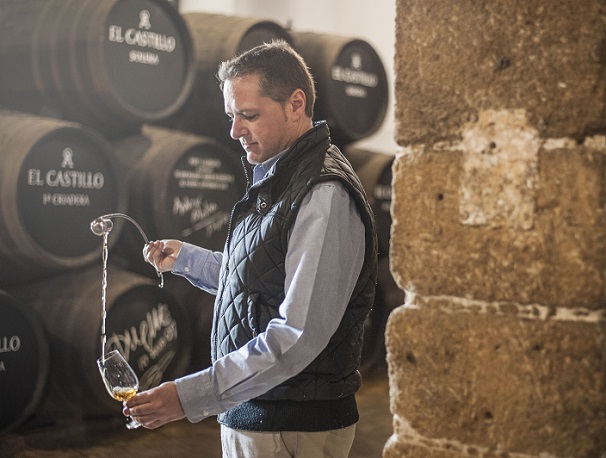
IWC Fortified Winemaker of the Year 2022
- Emilio Lustau’s Sergio Martínez (above)
- Bodegas Osborne’s Marcos Alguacil
- Sandeman’s Luís Sottomayor
The flor, Sergio says, is “like my children, the most delicate thing in the bodega”. To check its condition and the way it’s developing, he constantly tastes wine from casks. In Andalucía’s damper and cooler spring and autumn, it’s easier to manage. In the dry, hot summer and cold winter, it’s “more difficult”.
Managing means opening and closing windows depending on the direction and warmth of the wind, and moistening the sandy floors.
“The flor is very delicate,” Sergio continues.
More so in Jerez de la Frontera than on the coast in Sanlúcar de Barrameda and El Puerto de Santa María. “The flor yeast closer to the coast are stronger, less delicate, more constant than those in Jerez,” he informs me.
In Jerez, they sprinkle the sandy floor with water at least three times a week in summer. In Sanlúcar and El Puerto, once a week is usually enough.
But caring for the flor complicates other important steps in the production of Sherry. During the saca (extraction) and rocío (refilling) stages – when Sergio and his team add or remove wine from the solera system – they have to do it with “no flor movement”.
This means taking from and adding to the centre of the barrel without disturbing the flor floating on the top or the sediment at the bottom, using slow-speed pumps calibrated at 12-13L per minute that ‘sprinkle’ the new wine out sideways.
Sergio says the other crucial thing regarding Sherry production is maintaining the quality of the solera by always replenishing it with wines of a similar quality.
IWC Sparkling Winemaker of the Year 2022
- Piper-Heidsieck’s Emilien Boutillat
- Charles Heidsieck’s Cyril Brun
- House of Arras’ Ed Carr
- Champagne Charles De Cazanove’s Christophe Rapeneau
“No compromise on the production side,” he continued, “but the result needs to be enjoyable by everybody. That means elegance and generosity in the glass to allow the consumer to travel into a touch of liberty. Things are more and more crazy and fast and I want that when somebody takes a glass of Champagne, a glass of Piper-Heidsieck, it’s a pause in the crazy world and we can relax and slow down and enjoy the moment, so it should not be too complicated.”
IWC Sweet Winemaker of the Year 2022
- Reif Estate Winery’s Roberto DiDomenico (founded in the Niagara Peninsula in 1982, Reif is one of Canada’s founding-family wineries)
- Hans Tschida Angerhof’s Hans Tschida (seven times winner of this title)


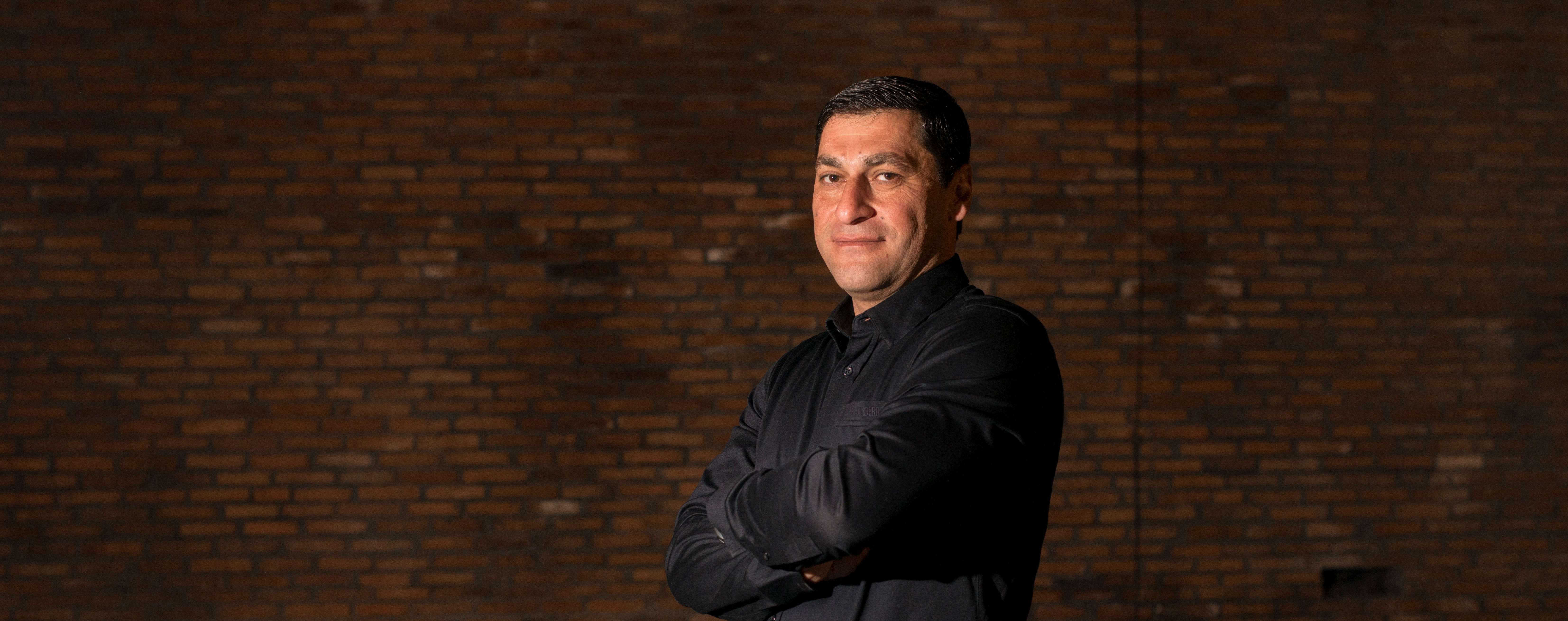










.png)






